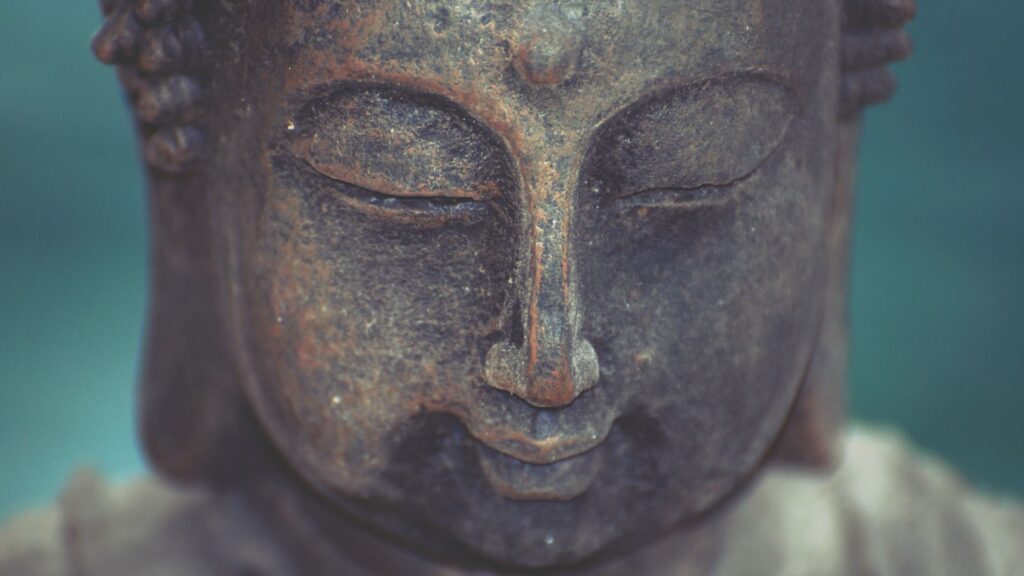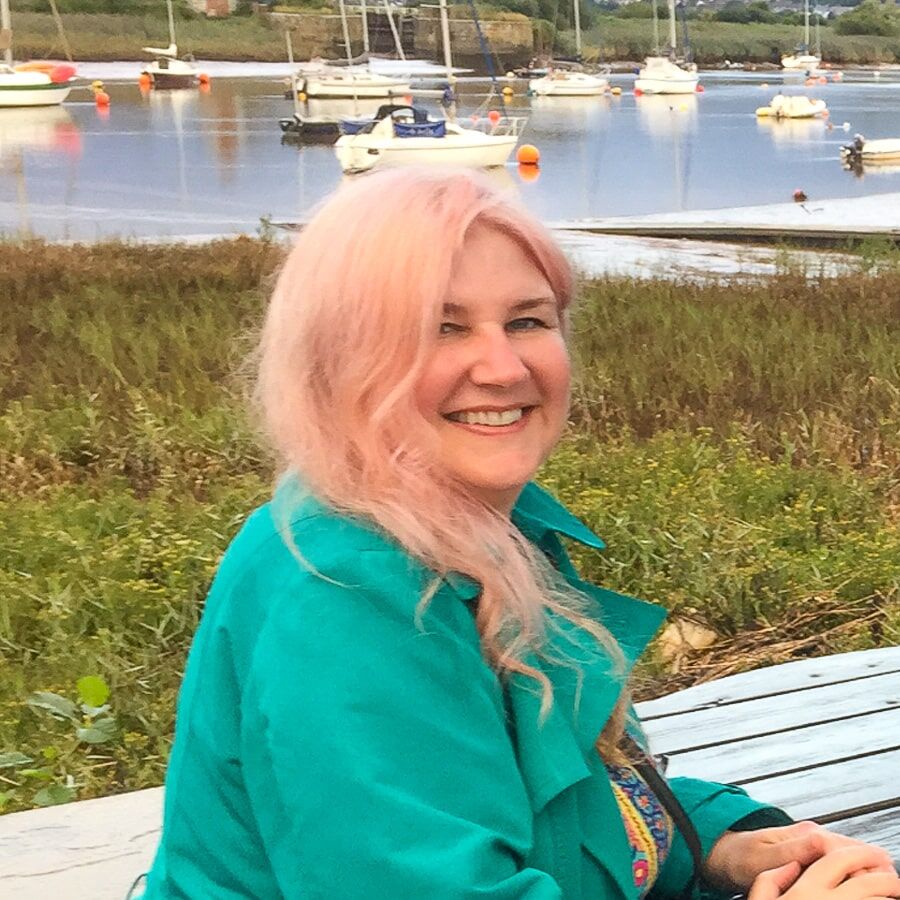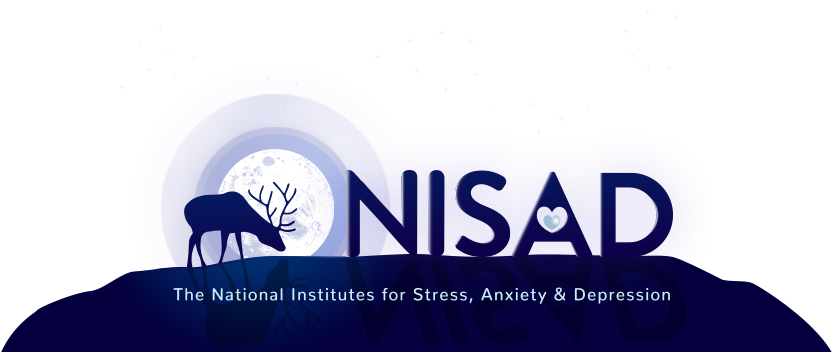At ELK.Health mindfulness is one of the skills we teach people to make them emotionally happier and healthier.
Mindfulness is not a form of therapy, but we do employ mindfulness-centred methodologies that use the Attitudinal Foundations of Mindfulness to build emotional resilience and compassion, allowing us to live our lives with more ease and wellbeing.
You know when someone says that so-and-so is “suffering with a sleep problem” – or pain, or stress, or anxiety, or depression, unhappiness or mood swings? Well, in fact, they are actually describing two completely different things:
1) So-and-so is experiencing a sleep problem, stress, anxiety, depression, unhappiness or mood swings.
2) Their reaction to that sleep problem, pain, stress, anxiety, depression, unhappiness or mood swings is making the situation far worse.
We call the reaction we have to a problem “suffering” and this is entirely separate to the problem itself.
Mindfulness-centred methodologies work at removing the suffering, and once that is done, reducing, or removing, the problem.
So if mindfulness isn’t a therapy, what is it?
Well, to begin with, it’s very old. Buddhism is about 2,500 years old and mindfulness was there right at the very beginning.
What’s more, there’s no evidence at all that Buddhists invented mindfulness – it was almost certainly part of much older Hindu and local traditions – possibly for many thousands of years before that.
Our brains haven’t changed much since we humans began speaking, about 160,000 years ago. So what is good for a human now, was good for a human a long, long time ago.
However, for the past 2,500 years or so, mindfulness has been associated with Buddhism.

Buddhism is at least these three things:
a) a philosophy of how to live one’s life,
b) a way of keeping mentally and emotionally healthy and happy and, of course,
c) a religion that discusses life and death and the supernatural. Much of the religious part of Buddhism is different in local areas because Buddhism was overlaid on different local beliefs in different locations. Exactly the same is true of Christianity and most other religions.
The Modern Mindfulness Movement is about the (a) and the (b) – but not the (c). (a) the Buddhist philosophy of how to live one’s life and (b) of how to be mentally and emotionally healthy and happy sit very well together and do not conflict with any other major religion, or with the majority of views of those people who have no religion.
What The Modern Mindfulness Movement is not about is anything religious, supernatural, or at all what happens after life or, indeed, before it. The Modern Mindfulness Movement is science-based – and uses scientific rules to gather evidence about its usefulness.
This is why the Modern Mindfulness Movement is centred largely in universities, clinics and medical centres.
Mindfulness is a technique anyone can learn if they want to. It is simply stopping your normal activities, once or twice a day, and teaching yourself to be in the present moment.
You do this in a number of ways that seem, to begin with, quite boring. But calling something “boring” is, of course, a judgement, and mindfulness teaches you that judging situations – and of course, people – is actually not very good for your emotional wellbeing.
Becoming mindful is both very simple and quite complicated. But essentially it’s about regular practice – so much like learning to play a musical instrument – except that no-one cares about how well you perform because mindfulness is something that, if you practice under the supervision of a proper programme, you just can’t do wrong.
To make a decision about having mindfulness in your life, you need to give it a try. Start here: How to start mindfulness and meditation.

Karen Asprey
BSc (Hons) DipCHyp HPD RCMT
Clinical Director
I’m a clinical mindfulness teacher and mindfulness-based therapist and qualified to use clinical hypnosis.
I first started meditating when studying Acceptance and Commitment Therapy, a mindfulness-based therapeutic approach, about twelve years ago. The impact mindfulness meditation had on my life has shaped my career.

